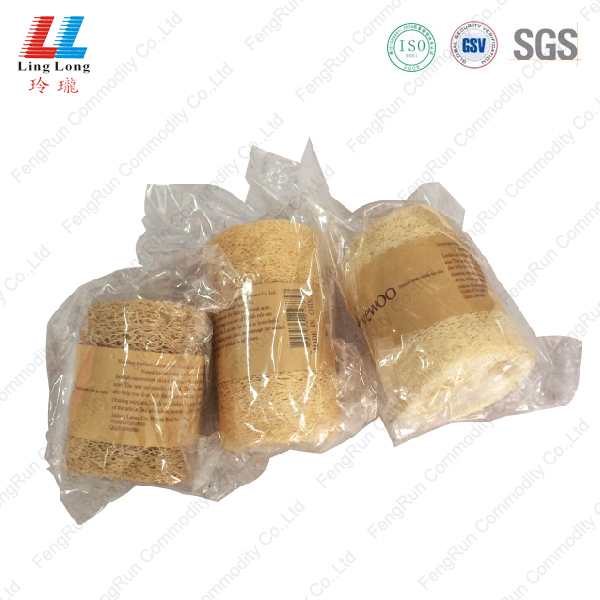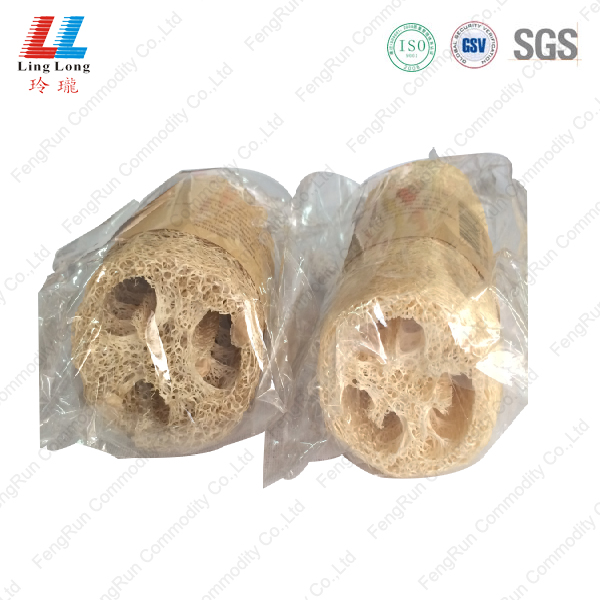Types, distribution and resources of poplar trees in China
Poplar is a species of Populus, which is more than 100 species in the world, mainly distributed in the temperate, cold and Mediterranean countries of the European, Asian and North American countries and the Middle East. China's poplar resources are very rich. According to the book "Intensive Cultivation of Chinese Poplars" edited by Zhao Tianxi and Chen Zhangshui (1994), there are 74 species, 41 varieties and 24 variants of poplar trees in China. Its type accounts for more than 1/2 of the world total.
First, the division of poplar species
According to the external morphological characteristics of trees, Populus can be divided into five major groups (or groups), namely: Baiyang School, Big Ye Yang School, Qing Yang School, Hu Yang School and Black Yang School.
1. Poplar tree species: There are 18 species, 14 varieties and 16 variants of Chinese poplar poplar. Among them, important cultivated varieties and their clones are:
Populus alba, P.alba var.pyramidalis, P.tomentosa, P.tomentosa var.borealo-sinennsis,P.hopeiensis,mountain Yang (P.davidiana) and so on.
2. Qingyang School: There are many types of Qingyang School. According to statistics, there are 43 species, 22 varieties and 7 variants of Chinese Poplar tree species. Important cultivars and excellent clones are as follows:
P. simonii, P. cathayana, P. pseudo-simonii, P. gansuensis, P. yunnanensisi, P. chinbinensis ), Xiao Dian Yang (P.xiaozhuancia) and so on.
3. Black Poppy: There are only 6 kinds of black poplar poplars produced in China, of which only P. jrtyschensis is used for cultivation.
However, the southern poplar clones cultivated in the Huanghuaihai Plain of China and the middle and lower reaches of the Yangtze River are dominant, such as I-214, I-69, I-72, Shalanyang, Jianyang and so on. There are more than 300 clones of black poplars introduced and cultivated in China.
4. Populus euphratica: There are two species of Populus euphratica produced in China: P.euphratica and Phyllostachys pubescens. Among them, Populus euphratica has natural distribution and cultivation in Xinjiang, Inner Mongolia, Gansu, Qinghai and other provinces and autonomous regions, which are cold and resistant. It has strong salinity and is the main afforestation species in the saline-alkali zone and desert areas of northern China.
5. Dayeyangpai: The poplars are mainly distributed in the central and southern parts of Shaanxi, northern Hubei, and the Dabashan-Eshan mountainous area in northeastern Sichuan. Sichuan, Yunnan, and Guizhou in the Sichuan-Tibet Plateau are also distributed. Strip, there is currently little research.
The main tree species are: P. lasiocarpa, P. wilsonii, P. heterophylla, and the like.
2. Poplar resources and distribution in China
Poplar is a hi-light tree species that requires a temperate climate and has a certain ability to withstand cold. Poplars can be divided into two categories: one is a medium-wet type, which is distributed in areas with annual rainfall of 500 to 700 (1300) mm, such as Qingyang, Populus euphratica, Populus euphratica, and Populus euphratica; Tree species of the Central Asian steppe and forest steppe, such as Xinjiang poplar, black poplar, Populus simonii, and Populus alba, are required to withstand atmospheric drought, but require adequate groundwater. Populus euphratica is distributed in arid desert and desert saline-alkaline zone. It is the strongest drought-tolerant and salt-tolerant tree species in Populus genus, and can grow normally on soil with salt content of 1%.
Poplars are mainly distributed in the vast area of ​​China's north latitude 200-53040', east longitude 760-1400, there are natural distribution and cultivation distribution. The main concentrated distribution areas are as follows:
1. Northeastern Inner Mongolia Yangshu District
The area mainly includes the northeastern provinces, Inner Mongolia and Ningxia Autonomous Region. The natural poplars are: poplar, Populus euphratica, Xiaoqingyang, Haqingyang, Xiangyang, Liaoyang, Xing'an, Daqingyang, Dongyangyang, Yuquanyang. 19 species such as broad-leaved poplar. Some of these poplars often form large-area natural forests, which are distributed along the valleys and river banks, and serve as anti-shock protection, such as: Daqingyang and Xiangyang; some species are widely cultivated in the plains, such as Xiaoqingyang and Northeast China. Yang et al. These poplars have strong cold tolerance and other characteristics. In addition, there are large-scale cultivation of small diamonds, small black poplars and so on.
2. Northwest Poplar District
It mainly includes Xinjiang, Qinghai Middle and North, and Gansu Hexi Corridor. There are more than 20 poplar trees. Populus euphratica and Phyllostachys pubescens are mainly distributed in the Hetao and Junggar Basins in Inner Mongolia; the distribution and cultivation of silver poplar, silver ash poplar, bitter poplar and forehead poplar natural forest along the middle and lower reaches of the Altai Irtysh River. There are also Afghan yang, pilose yang, Pamir Yang, Yili Yang, Populus euphratica, and European Populus. Two poplars, Euonymus japonicus, and Xinjiang poplar are also cultivated.
3. Poplar District, North China
Including Hebei, Beijing, Tianjin, south-central Shanxi, Jiangsu and northern Anhui, Henan, Shandong. It has 21 natural distributions. Such as Populus euphratica, Hebei Poplar, Populus simonii, Toothwood Poplar, Xinxiang Yang, Wulian Yang, Henan Poplar, Funiuyang, Songheyang, Yunxiaoyang, Puyeyang, Wutongyang, Qingyang, Kuyang, Qingxi Yang, Populus simonii, Populus simonii, Winter melon, Populus euphratica, Xiaoqingyang, Liaoyang, etc., as well as widely cultivated Populus tomentosa and Daguanyang.
This area is especially rich in poplar trees in the Bainiu Mountain. According to preliminary statistics, there are 13 species, 25 varieties and variants, accounting for 86.67% and 96.15% of the Populus euphratica. Based on this, we believe that: Henan Funiu Mountain is the modern distribution center and origin center of poplar poplars of Populus euphratica in China, and there are still primitive groups such as Populus simonii (ovule 6-15) and Aspen (Ovule 4-7), hermaphrodite, and inflorescence of Yunxiao Yang.
4. Yangshu District of the Loess Plateau
The area includes Shanxi Jinzhong, Zhangzhou, Luliang and Taiyuan, Shaanxi Yan'an, Ningxia Guyuan, Yinnan, Gansu Qingyang, Pingliang, Dingxi and Linxia Autonomous Prefecture, Baiyin and Lanzhou. The main distributions are: green hairy poplar, small green poplar, green poplar, broad-leaved poplar, two poplar, bitter poplar, Wenxian Yang, Qingganyang, Populus simonii, and small diamond.
5, Qinling----Dabashan----Western Yangshu District
The area includes the vast mountainous areas of Shaanxi, northeastern Sichuan and northern Hubei. The main areas are: big leaf poplar, chair poplar, aspen, bayophyllum, white poplar, tooth leaf poplar, Guanzhongyang, Qingyang, bitter poplar, Winter melon, poplar, etc., the poplars in this area are mainly natural distribution. In addition, poplar trees widely cultivated in the Weihe River Basin are also Populus tomentosa.
6. Yangshu District of the Sichuan Plateau
The area includes southern Qinghai, Tibet, Sichuan, Yunnan, Guizhou and other provinces. It is a special area with complex terrain and varied climate. The poplar resources in this area are extremely rich. According to preliminary statistics, there are 23 species, 15 variants, and 2 variants. Among them, the poplar pies include: Populus euphratica, Populus euphratica, Qingxi Yang, and Minnan Poplar; Qingyang faction: Populus simonii, Xiaoqingyang, Milinyang, Changduyang, Tibetan Chuanyang, Maoyang, and Populus euphratica , Yadong Yang, Xiangcheng Yang, Sanmai Qingyang, Yangyang, Qingyang, Dongguayan, Chuanyang, Kangdingyang, Wupetang, Deqinyang, etc.; Bigleaf Populus: Long-ordered Poplar, Grey-backed Poplar , Populus euphratica, chair Yang, and stalked Yang.
In addition, Hainan Island Bawangling also has Qiongdao Yang.
Third, the status quo of China's poplar resources
According to the statistics of forest resources inventory results for the fifth time (1994-1998), there are poplar distribution in 22 provinces, municipalities and autonomous regions. The total area of ​​poplar forests in the country is 6.284 million hectares, and the total volume of wood storage is 359 million m3. Among them, the area of ​​mature forest is 1.192 million hectares, the volume of wood is 114 million m3, the area of ​​near mature forest is 1,101,100 hectares, and the volume of wood is 81 million m3. The provinces with a distribution area of ​​more than 200,000 hectares are Inner Mongolia, Heilongjiang, Jilin, Xinjiang, Shaanxi, Liaoning, Sichuan, Gansu, Hebei, etc. Among them, Inner Mongolia has the largest poplar forest area, with 1.758 million hectares, and the largest total volume of wood is 90 million. M3. In the southern plains, the area of ​​poplar forests, Shandong has a total area of ​​83,200 hectares, the total volume of wood is 5,553,800 m3, while that of Jiangsu is 30,400 hectares, and the volume of wood is 1.89 million m3.
It is necessary to point out that the poplar trees distributed in the northeast, north and northwest regions constitute an important ecological great wall in the Three North Region of China, and exert great ecological and social benefits for desertification control and ecological restoration and construction in China.
Adequate poplar timber resources, especially the poplar resources in the East China, Central China and North China Plains, have brought good opportunities for the processing and utilization of poplar wood and the development of poplar industry, including the development of poplar industry in some places in Jiangsu and Shandong. Successful experience is worth learning.
It is the new production of our factory. This kind Loofah Bath Sponge, Animal Loofah Sponge, also can enlarge lots of foam. In addition to remove dead skin, it also can improve skin blood circulation. After a bath or shower rub down the whole body with a loofah. The Exfoliating Sponge is a kind of porous material. Our production is eco-friendly and non-toxic. It is used for taking the shower. We will provide the good quality and competitive price product. Feel more comfortable about our effective production.


Loofah Bath Sponge
Effective Loofah Sponge, Smooth Bath Sponge, Bath Sponge Pad, Animal Loofah Sponge, Exfoliating Sponge, Loofah Sponge, Gloves Sponge
FengRun Commodity Co.,Ltd. , https://www.sponges.nl